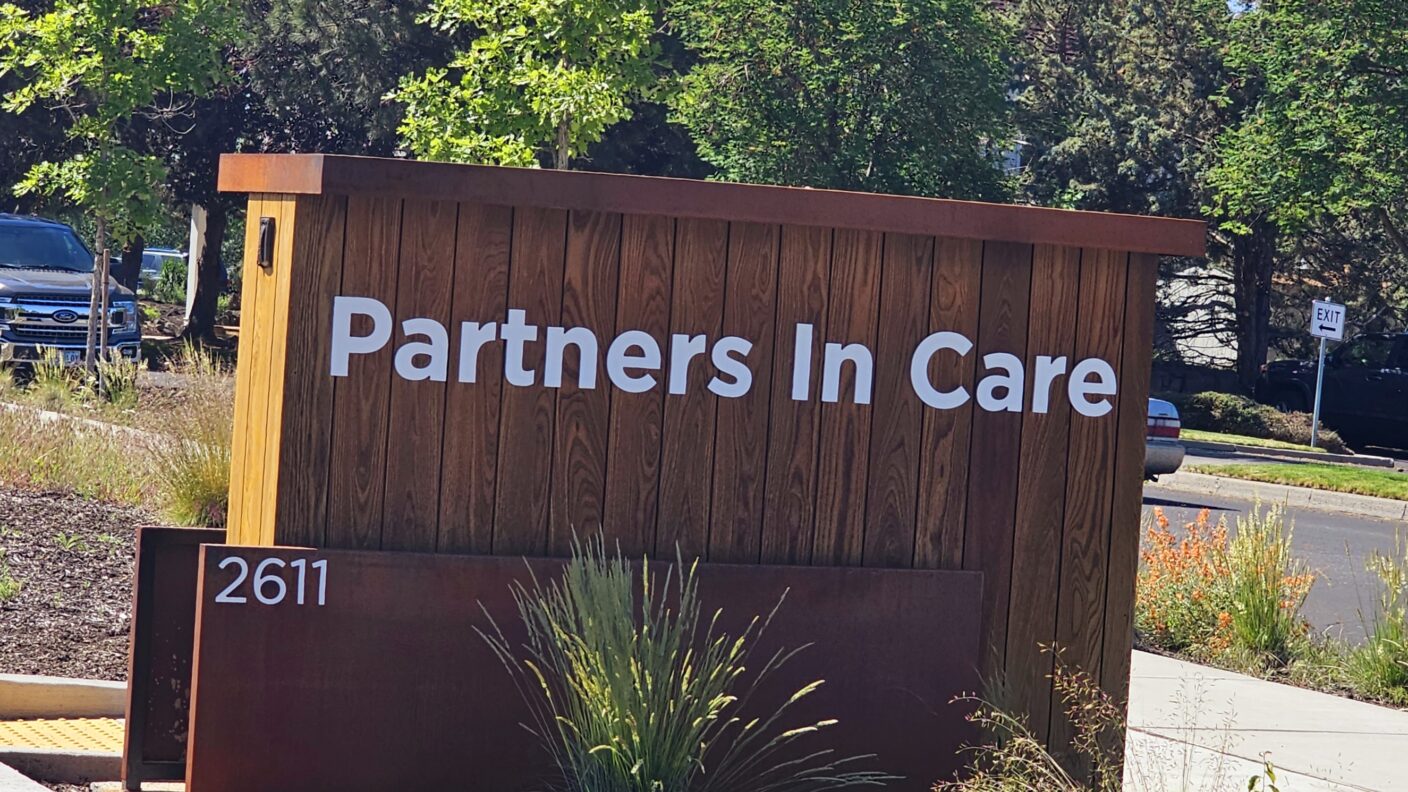
Partners in Care Hospice House
Putting Patients First
After providing care in a six-bed facility for nearly two decades, Partners in Care understood the need to expand their services to aid those with the most acute needs. Our objective for this project was to assist Partners in Care in creating a comprehensive and compassionate setting for their patients. Our commissioning team collaborated with a community partner, Jim Barrett, to align with their mission: provide patient-centered care that honors the dignity and needs of those it serves.
The building provides patient rooms, office space, a kitchen/dining area, a centralized clinical area, a chapel, and other hospice amenities such as outside gardens and play spaces. Local Bend-based Cole Architects (formerly known as DKA Architecture & Design) was the lead architect on the project along with ALSC Architecture from Spokane, WA.
In With the New
Though the commissioning process proved to be relatively straightforward, there were various healthcare-specific elements that had to be accounted for, such as rooms requiring specific controls and programming – one of which was the isolation rooms and how to incorporate them with the existing equipment and plan.
In a healthcare facility, isolation rooms regulate airflow to reduce the amount of airborne infectious particles, which is crucial to combat any sort of cross-infection. This can be done by regulating the amount and quality of intake or exhaust air, maintaining differing air pressures between adjacent spaces, developing airflow patterns for certain therapeutic operations, diluting infectious particles with large air volumes, and air filtering.
Fine-tuning for Success
In this facility, individual zone temperatures are maintained by packaged variable air volume terminal units with electric reheat. During a test of a power outage, RTU-1 did not automatically restart. The unit’s power restarted but it was still in lockout mode and restarting the device required a manual reset. The alarm lockout settings for RTU-1 were modified by a Daikin manufacturers’ representative so that the device would restart automatically.
Power use was higher than anticipated following the first winter of operation. This was linked to the electrical reheat operating more frequently and the RTU-1 supply air temperature not resetting correctly. The RTU-1 supply air temperature reset was reprogrammed to increase in response to an increase in heating demand from the terminal units.
Due to our efforts with the hospice facility, Systems West is now currently involved in the mechanical system renovation of the single-story Partners in Care Administration building.

Want to be a part of projects like this? Join Our Team.
